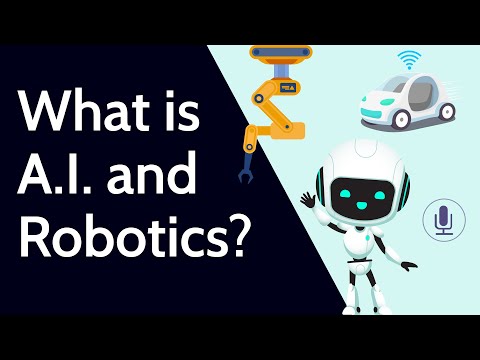Introduction
For decades, robots have been a source of fascination for science-fiction writers and tech enthusiasts alike. Not much explanation was given in fiction works as to what made these robots function or why they behaved the way they did. They were simply hunks of metal with an impressive ability to follow commands.
Today, robots are no longer just a figment of imagination but have become commonplace in our lives. We are now able to build robots that can perform complex tasks with relative ease and accuracy because of advances in artificial intelligence (AI). In this blog post, we will explore the role of artificial intelligence in robotics and how it helps to make robots more capable.
What is Robotics?
Robotics is the science of designing, constructing, programming, and testing robots for various purposes. A robot is any machine that can be programmed to perform specific tasks autonomously or semi-autonomously. Robots have certain characteristics that make them distinct from other machines. Among other things, they are usually designed to interact with their environment and can be programmed to carry out specific tasks.
Many aspects of life are now dependent on robots due to their ability to work accurately and quickly. As robots become more sophisticated, they will continue to play a larger role in our day-to-day lives. Robotics aims to ensure these machines’ efficiency, accuracy, and safety.
What are Artificially Intelligent Robots?
The earliest robots, while impressive, had limited capabilities. All robots at the time were programmed to carry out specific tasks with little to no understanding of their environment. However, with artificial intelligence (AI) advancements, we can now design robots that can make decisions and act independently in various situations.
AI-enabled robots are programmed to be able to think and act for themselves. They can react differently based on what is happening around them, allowing them to carry out more complex tasks than traditional robots. AI-enabled robots can also learn from their datasets and become better at performing tasks over time.
Some of the most advanced AI-enabled robots today are equipped with sensors and cameras that allow them to “see” their environment and powerful processors that process the data they receive. This allows them to make decisions in real-time and react quickly in complex scenarios without human input.
For instance, chess-playing robots are now able to beat even the best human players. They are able to see the board, analyze the position, and decide on the best move in a fraction of a second.




